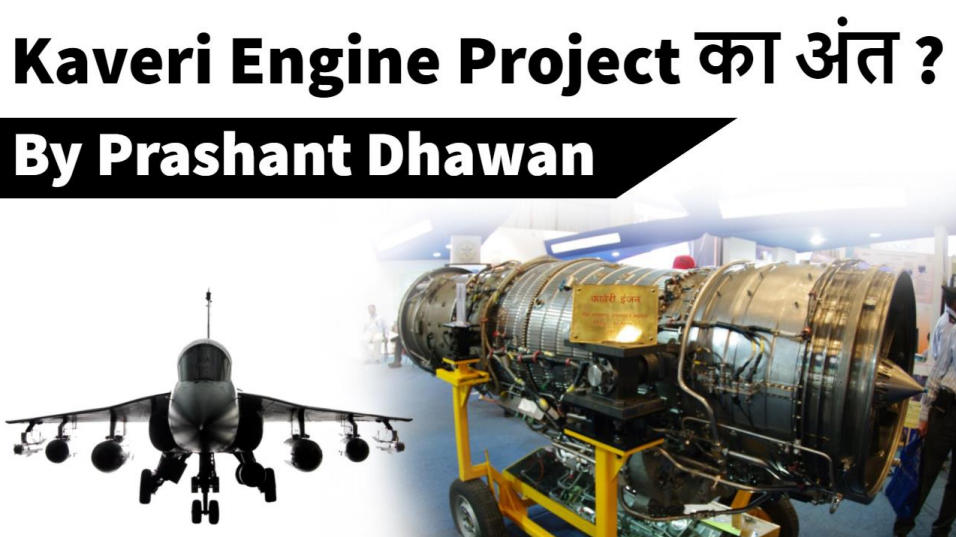Table of Contents

TALKS WERE ON WITH SAFRAN UNDER RAFALE OFFSET DEAL TO DEVELOP KAVERI ENGINE

ENGINE FOR FIGHTER AIRCRAFT MATTERS A LOT

MANY COUNTRIES CAN’T DEVELOP OWN ENGINE TECHNOLOGY SO THEY OPT FOR ESPIONAGE

PROBLEMS FOR INDIA
- The plan to develop the indigenous Kaveri fighter jet engine as part of the Rafale offsets deal with the help of French technology is believed to have fallen through after the Indian side found the pricing prohibitive.
- The engine was supposed to power the indigenous Light Combat Aircraft (LCA) as well as future fighter jets.
HOW TALKS FAILED
- The talks with French engine manufacturer Safran, which makes the engines and electronics for the Rafale fighters, seem to have hit a roadblock after it emerged in detailed studies that only a part of the offsets — just over €250 million — could be utilised for the project.
- Defence Research and Development Organisation would have had to provide the remaining €500 million
GTRE GTX-35VS KAVERI
- An Indian design, the Kaveri was originally intended to power production models of the HAL Tejas Light Combat Aircraft (LCA) being built by the Aeronautical Development Agency.
- However, the Kaveri programme failed to satisfy the necessary technical requirements or keep up with its envisaged timelines and was officially delinked from the Tejas programme in September 2008.
- HAL TEJAS The intended engine, the GTRE GTX-35VS Kaveri, had to be replaced with an off-the-shelf “foreign” engine, the General Electric F404
- The GE F404 made by U.S. jet engine maker General Electric was selected as a suitable candidate for the fighter jet as it is already in use in Boeing F/A 18, Lockheed Martin F-16 (some variants), Lockheed F-117 Nighthawk, etc.

Latest Burning Issues | Free PDF






















 WhatsApp
WhatsApp